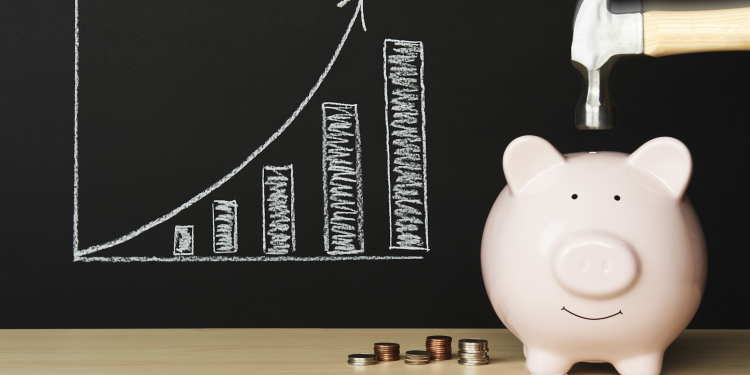Nearly 47 per cent of people saved an average of £1,377 during the lockdowns with 26 per cent using the money to pay bills, according to Hargreaves Lansdown.
According to a study of 2,000 people conducted by Opinium for Hargreaves Lansdown, over 23 per cent of those who saved were able to break even, while 7 per cent needed to borrow extra to pay bills.
Overall, about a third of those who saved something saved up to £1,000, a third saved between £1,000 and £3,000 and a third saved more than £3,000.
Men were twice as likely as women to have saved more than £5,000, likely due to the fact that higher earners’ discretionary expenditure accounts for a larger share of their income.
Only a third of respondents had not used their lockdown funds, while 73 per cent of them had saved the same amount as in September 2019.
Around half of those polled reported they were only able to save because they made a concerted effort to do so, compared to one in seven who did so without trying. People 65 and over were the most likely to have saved without trying.
According to Hargreaves Lansdown, this is partly due to the fact that those living on pensions and savings are aware that their ability to save a lump sum like this is limited, so they want to ensure that they have this additional financial security when they need it. This explains why, as wages fall, people are more likely to preserve money, as seen by the fact that just 10 per cent of additional rate taxpayers had not spent anything, compared to 39 per cent of basic rate taxpayers.
But individuals aged 75 were the most likely of any age group to claim they’d spent it all, with 11 per cent saying they’d spent it all, compared to 7 per cent overall. Home remodelling was the most popular expenditure, with 40 per cent of respondents over the age of 75 saying they’d spent at least some of their savings on their home.
Hargreaves Lansdown senior personal finance analyst Sarah Coles says: “Higher prices are eating away at our lockdown savings. Half of us saved when we were unable to go out, but most of us have spent at least some of this money, and worryingly a quarter of people have seen their savings devoured by everyday costs – like bills. Rising prices mean an awful lot of people will have nothing to show for this one-off windfall, so they’re no more financially resilient than before the pandemic.”





